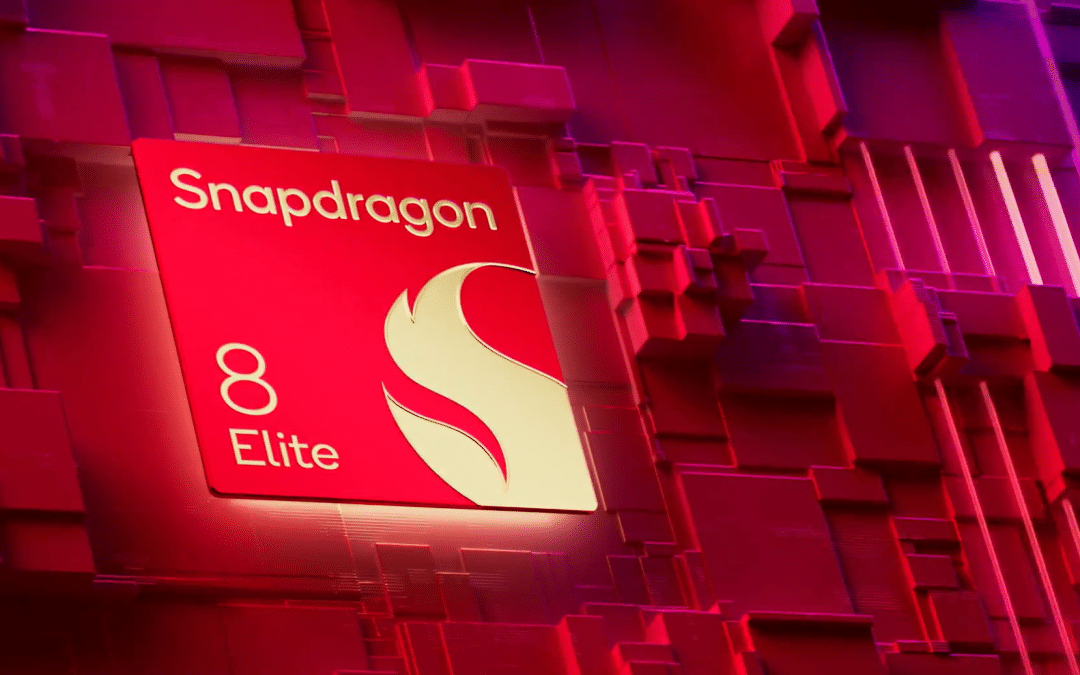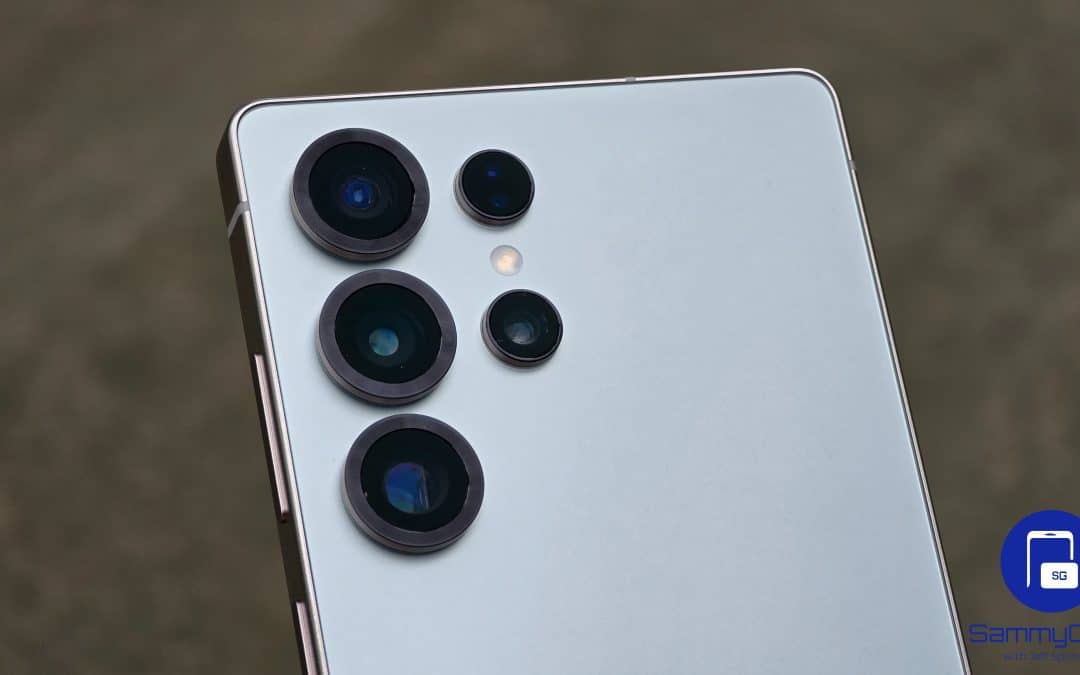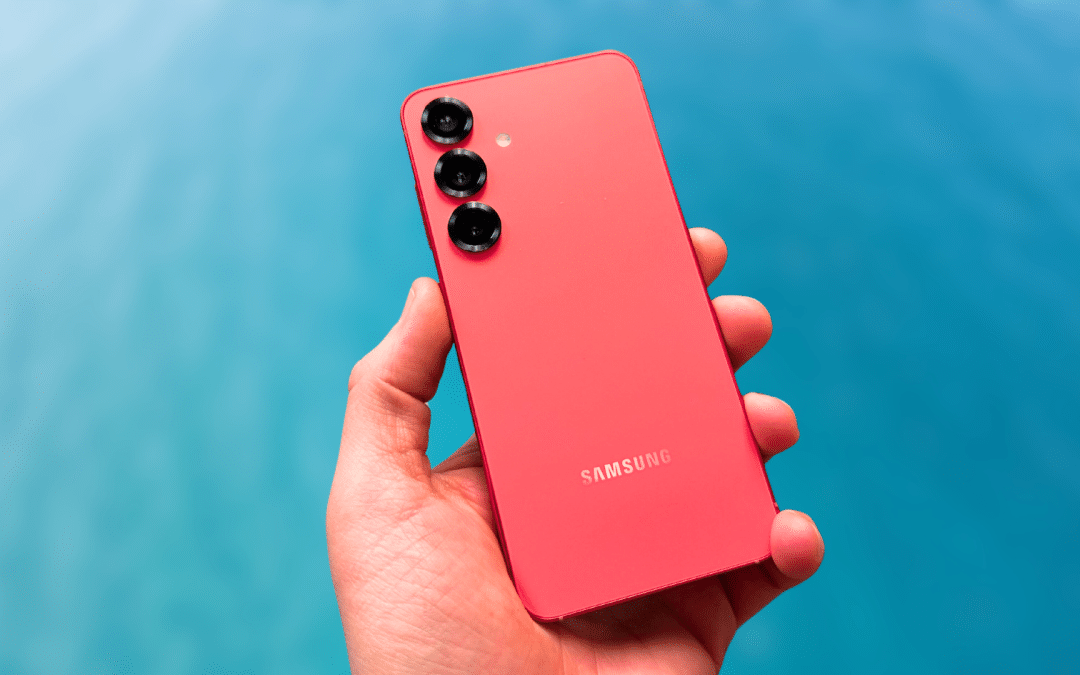Last year, Samsung’s display division supplied OLED panels for the iPhone 16 Pro and iPhone 16 Pro Max models. It was the latest M14 display material with better efficiency and calibration. Samsung will reportedly once again supply its M14 displays for the 2025 iPhone 17 models. This time, it’s not only for the Pro models but for the entire lineup.
M14 OLED displays are no longer exclusive to pro iPhones
Apple usually reserves the latest technology for its premium models first, and then later, the company makes it available to cheaper models. However, that won’t be the case with this year’s iPhone 17 series. According to a report from Etnews, Samsung’s M14 displays will expand to the base iPhone 17 models, even the rumored super-slim iPhone 17 Air, which could debut around September 2025. Interestingly, this is not the first time we have heard this news — an earlier report also suggested that the entire iPhone 17 lineup will sport M14 OLED panels.
Just like every year, the iPhone 17 series will consist of four different sizes. The lineup will include a 6.1-inch regular model, a 6.6-inch Air model, a 6.3-inch Pro model, and a 6.9-inch Pro Max model. This time, Samsung is expected to supply the largest volume of OLED panel shipments, with around 80 to 90 million units among the OLED partners for the iPhone display.
OLED displays produce color by using organic materials that emit light when electricity passes through them. Color, lifespan, and brightness depend on the type of organic material used. In the display industry, the best combination of these materials is called a “material set,” with higher numbers meaning newer versions. Among all commercially available OLED panels, the M14 panel is the best.
Several companies are working with Samsung on the development of M14 materials. DuPont, UDC, and Deoksan Neolux work for the Red series. Samsung SDI, UDC, and Deoksan Neolux work for the Green series. Idemitsu Kosan is in charge of the Blue series. On top of that, Dongjin Semichem is in charge of the capping layer (CPL), while LG Chem is responsible for both the hole-blocking layer (a-ETL) and the electron transport layer (ETL).






